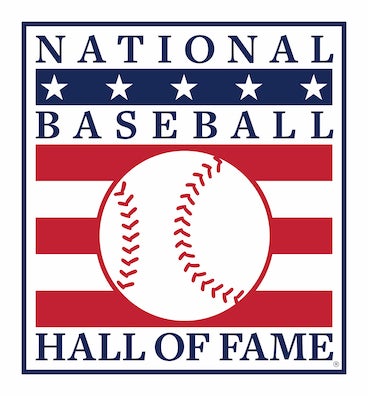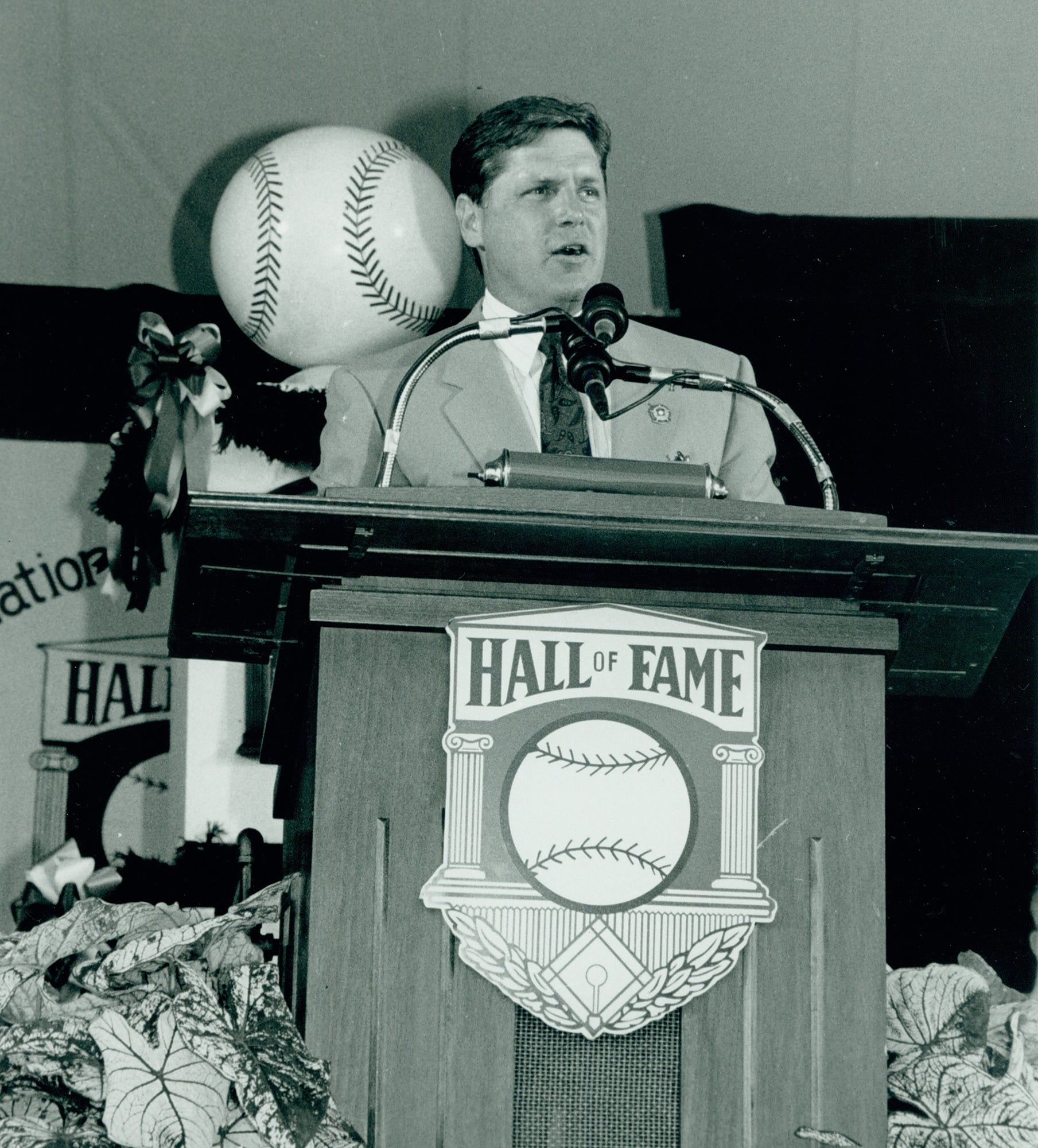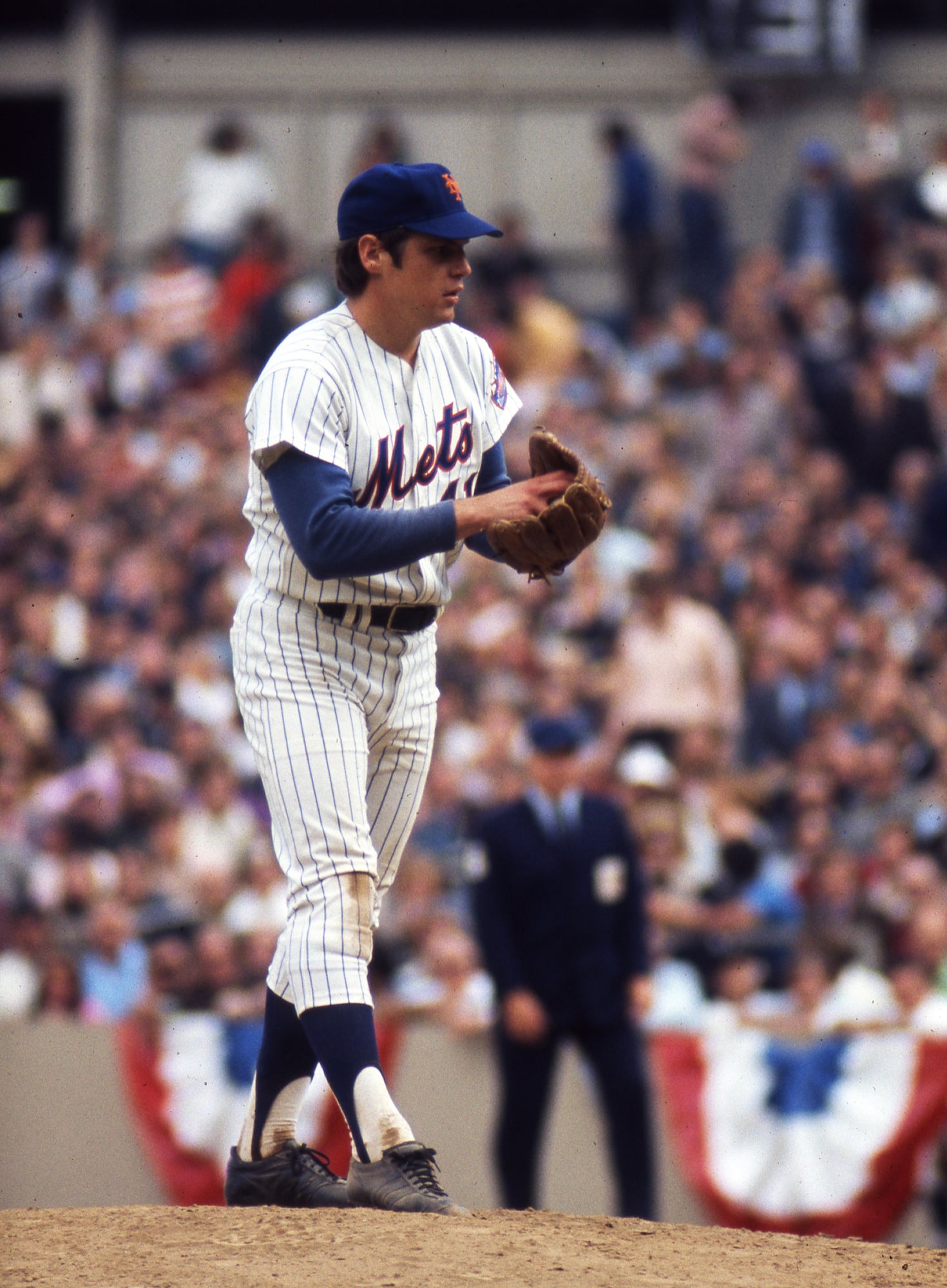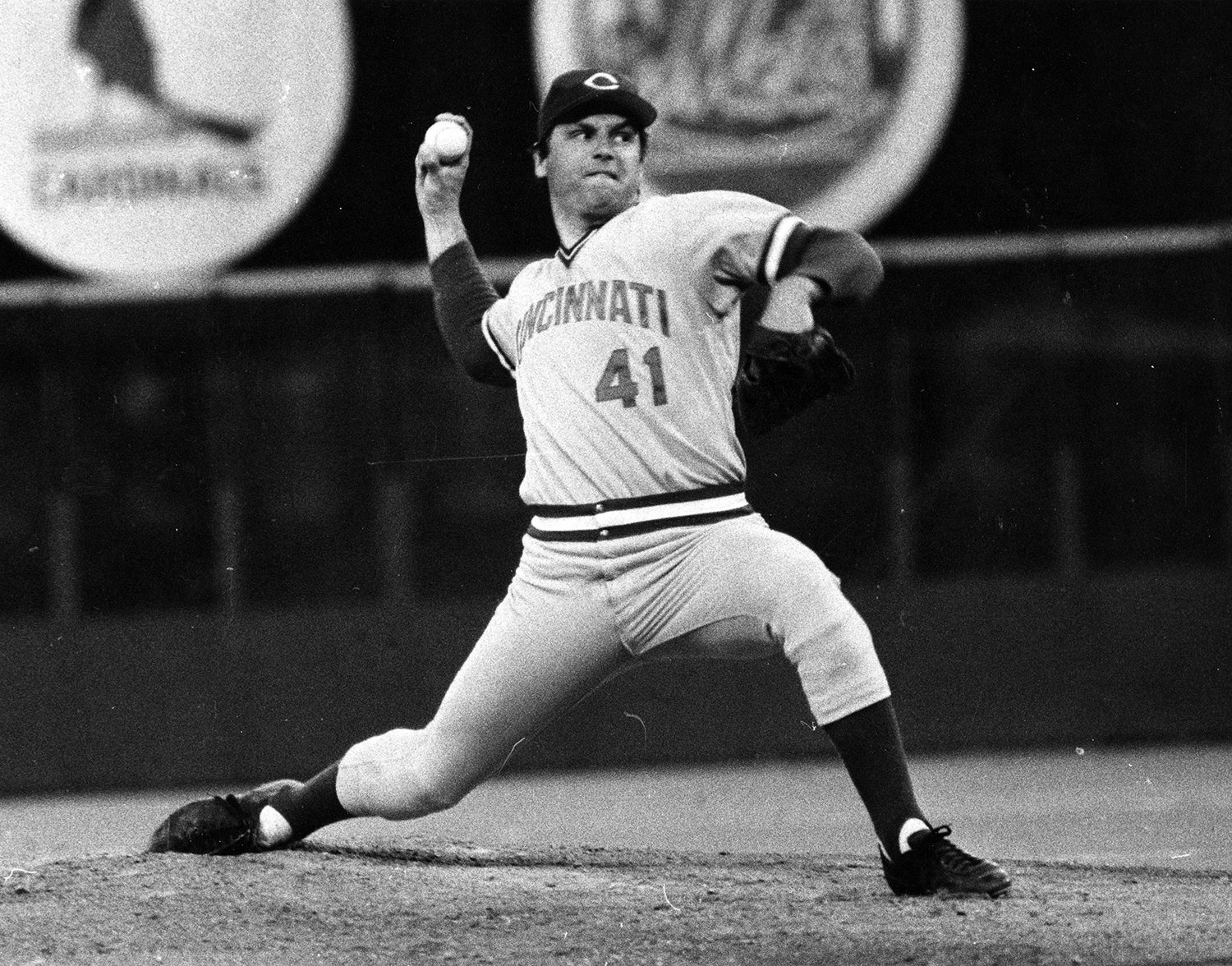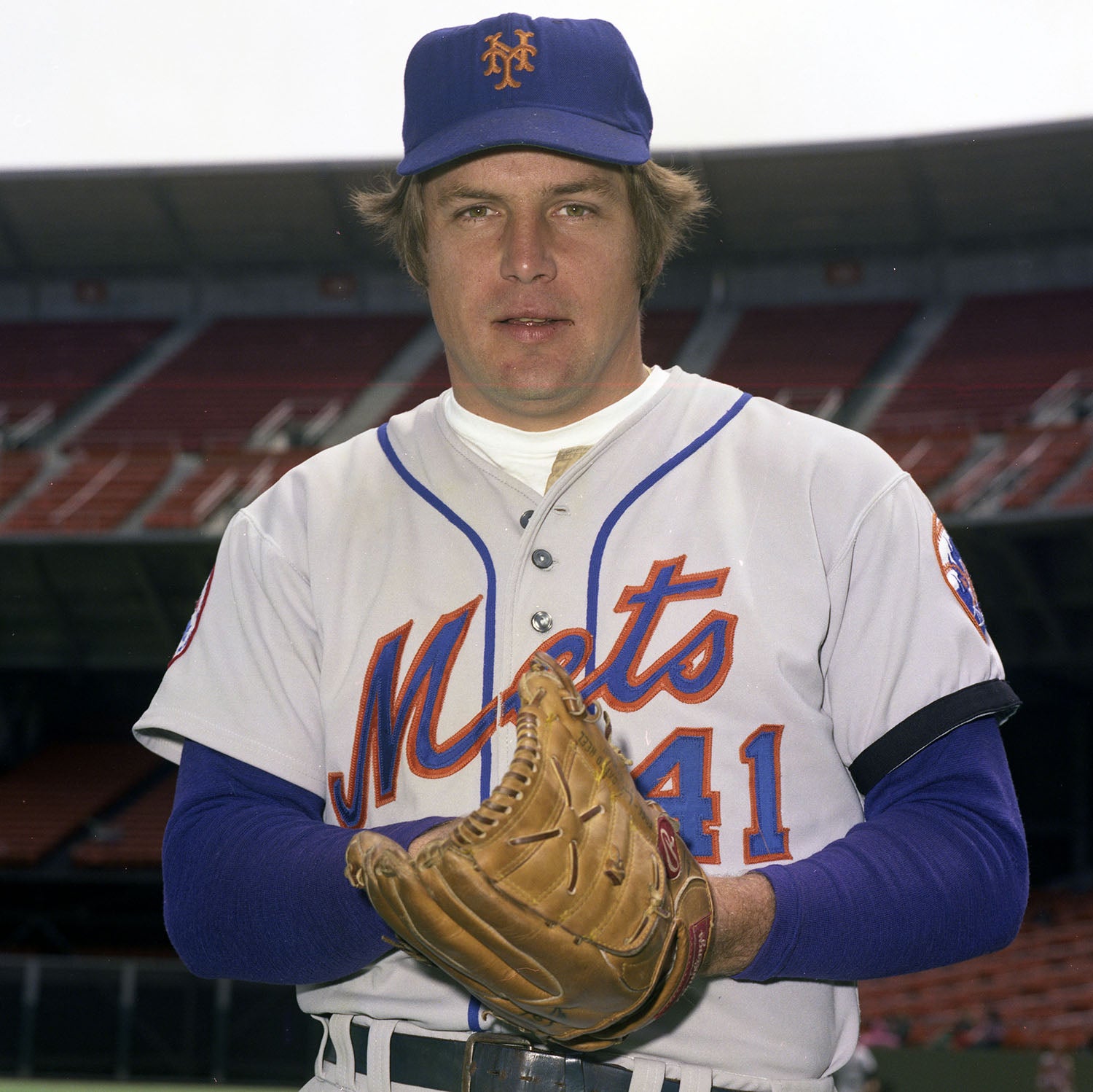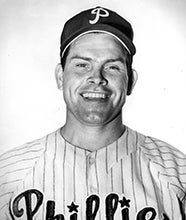- Home
- Our Stories
- Mets change franchise direction by signing Seaver
Mets change franchise direction by signing Seaver
The 1966 New York Mets lost 95 games and finished in ninth place in the National League. But before the regular season even started, the club won the biggest prize in team history when they signed the player who became known as The Franchise.
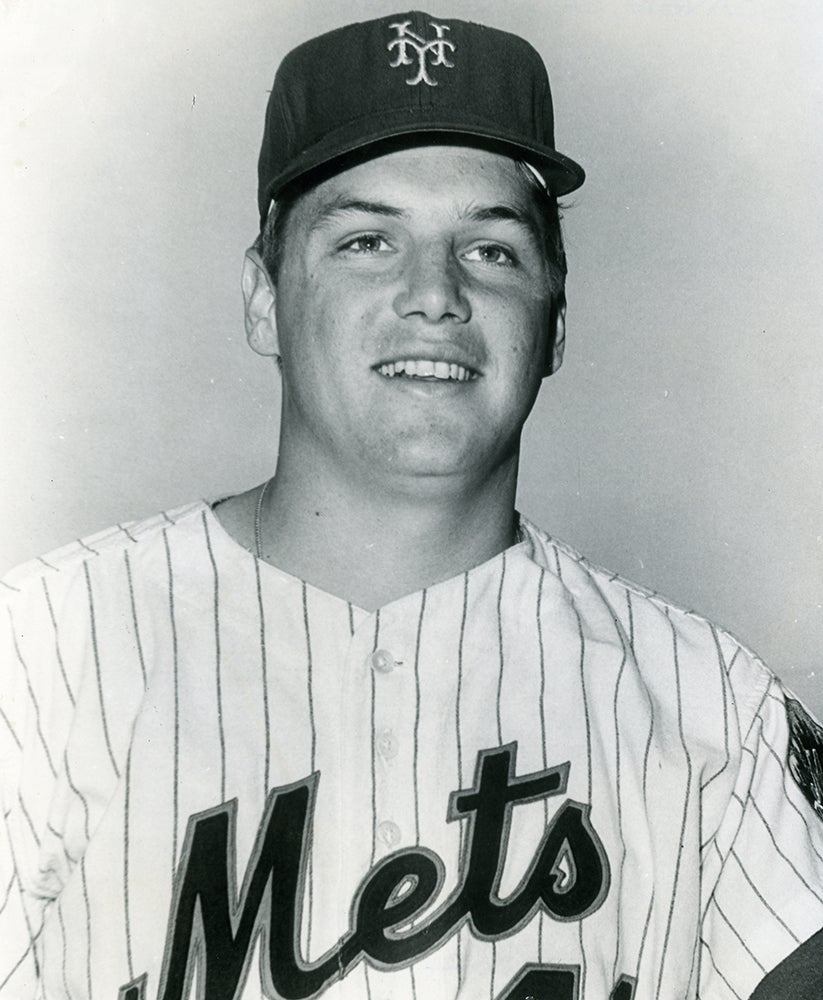
On April 3, 1966, the Mets signed Tom Seaver after a complicated process that began when the Atlanta Braves agreed to a contract through their Richmond farm club with Seaver, who was still enrolled at the University of Southern California. MLB Commissioner William Eckert said that the contract was invalid because Seaver had already begun his collegiate season, but the NCAA quickly ruled that Seaver was ineligible due to his dealings with the Braves.
Eckert then ruled that Seaver would be eligible to sign a pro contract but only with teams who agreed to at least match the Braves’ $40,000 bonus offer for Seaver. The Braves, however, were excluded from this arrangement by Eckert.
The Phillies, Indians and Mets agreed to the terms Eckert set forth, and Seaver signed to a deal with the Mets that included a $40,000 bonus and $11,000 to complete his college education.
“(Seaver) previously signed a contract with another club in good faith only to learn he had been improperly contacted,” Eckert told United Press International. “It was not his fault that the contract was invalidated.”
Seaver quickly reported to Mets’ camp and beat the odds by winning a job with Triple-A Jacksonville of the International League.
“Seaver joined us 10 days before the end of Spring Training,” Jacksonville manager Solly Hemus told the Richmond Times-Dispatch in May of 1966. “Nobody in camp thought he had a chance to make the team but he pitched an inning in an exhibition game against Toledo and I was impressed.”
Seaver then proceeded to strike out 18 batters in his first two starts for Jacksonville.
“Seaver reminds me of Robin Roberts,” Hemus told reporters. “He has a 35-year-old head on top of a 20-year-old body. Usually, we get a 35-year-old arm attached to a 20-year-old head. He has the type of delivery that doesn’t hurt his arm.”

Seaver went 12-12 with a 3.13 ERA for Jacksonville in 1966, striking out 188 batters over 210 innings. By 1967, he was in the Mets’ rotation, starting the team’s second game of the season. He would be named to the first of 12 All-Star Games that year and earn the NL’s Rookie of the Year Award.
Two years later, Seaver went 25-7 to lead the Mets to an improbable World Series title.
“I see him as the Mets’ first 20-game winner,” Hemus told the Newspaper Enterprise Association midway through the 1966 campaign. “All he needs is work. He’s got brains, good attitude, control…He just keeps getting better.”
Seaver would finish his career with 311 victories and three Cy Young Awards. He was elected to the Hall of Fame in 1992.
Craig Muder is the director of communications for the National Baseball Hall of Fame and Museum
